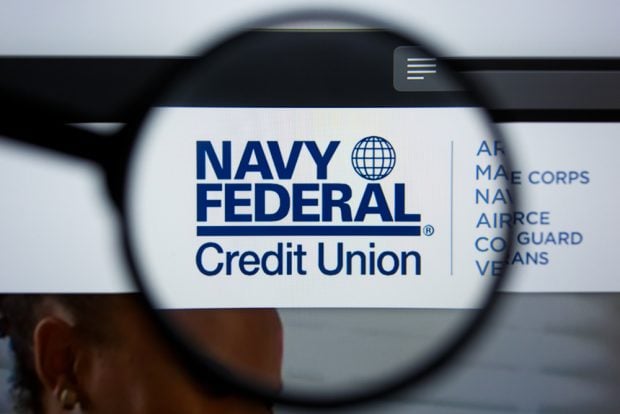WASHINGTON – The U.S. economy not only continues to shift from paper-based checks payments to electronic payments, but for the first time electronic payment transactions have exceeded check payments. Results of two studies recently completed by the Federal Reserve show that of all the payment options available to consumers – checks, debit cards, ACH transactions, credit cards – check payments were the only ones that declined in the number of transactions from 2000 to 2003. The 2004 Federal Reserve Payments Study is comprised of two research efforts commissioned by the Fed to estimate the annual number, dollar value, and makeup of payments in the U.S., and to estimate the annual volume of electronic payments. The first survey, the Depository Institutions Payments Survey included responses from more than 1,500 depository financial institutions (commercial banks, savings institutions, and credit unions.) The second research effort, the Electronic Payment Instruments Study is based on responses from 68 organizations involved in originating, switching or processing electronic payments. The Fed reported that in 2003, there were 36.7 billion check payments made in the U.S., down 12.4% from the 41.9 billion check payments reported for 2000. In comparison, the Fed reported there were 44.5 billion electronic payments made in 2003, up 45.4% from the 30.6 billion in 2000. Previous research by the Federal Reserve found that the number of checks paid in 2000 was 41.9 billion transactions, compared with 30.6 billion electronic payments. According to the Depository Institutions Payments Study, the 36.7 billion checks paid in 2003 had a total value of $39.3 trillion (excluding checks written and subsequently converted to electronic transactions for clearing). The study also found that about 77% of checks are interbank checks, and the remaining 23% are so-called "on-us" checks – those for which the financial institution of first deposit is also the paying institution. The Fed attributes the increase in electronic payments to several factors – growth in economic activity, replacement of some cash and check payments with electronic payments. The report states that: "While, by number, checks remain the largest single noncash payment type, the majority of noncash payments made in the United States are not initiated electronically using one of the three major electronic payment types: debit cards, or ACH." Based on Federal Reserve estimates, the annual growth in noncash payments averaged 3.1% between 1979 and 2000. Richard Oliver, senior vice president for the Federal Reserve Bank of Atlanta and the Federal Reserve Banks' product manager for retail payments said the Fed expects the shift from check writing to electronic payments trend to continue. Indeed, at current growth rates, credit cards and debit cards will both surpass checks in terms of total annual transactions in 2007, he said. Such rapid change presents new opportunities for innovation in the payment system. It also poses serious challenges in achieving a cost-effective, efficient payment system, he added. -
© Touchpoint Markets, All Rights Reserved. Request academic re-use from www.copyright.com. All other uses, submit a request to [email protected]. For more inforrmation visit Asset & Logo Licensing.






